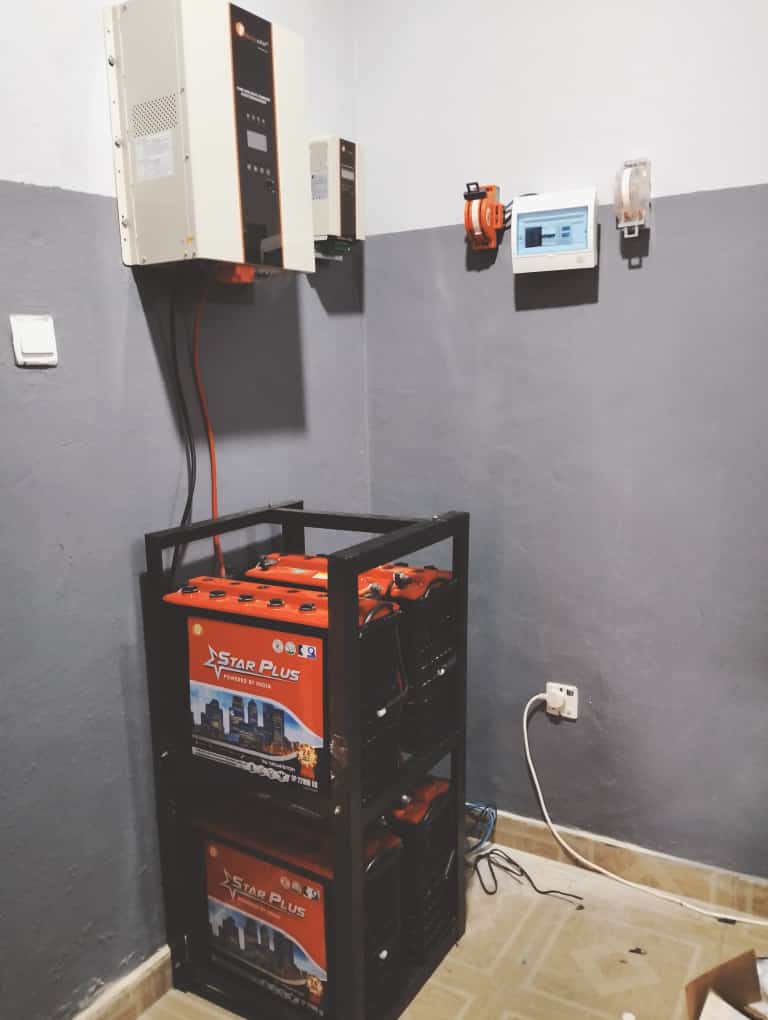The research team from the School of Natural and Environmental Sciences (SNES), under the direction of Dr. Marina Freitag, developed dye-sensitized photovoltaic cells based on a copper (II/I) electrolyte, achieving an unprecedented power conversion efficiency of 38% and 1.0V open-circuit voltage at 1,000 lux (fluorescent lamp). The high-efficiency sustainable solar cells, which are safe for the environment and non-toxic, raise the bar for reusable energy sources in natural settings. The study, which was published in the journal Chemical Science, has the potential to alter the way IoT devices are powered, making them more effective and sustainable while also creating new opportunities in sectors like healthcare, manufacturing, and the creation of smart cities. Principal Investigator at SNES at Newcastle University, Dr. Marina Freitag, said: “Our research represents a significant step towards improving the sustainability and energy efficiency of IoT devices. We are laying the groundwork for numerous novel device implementations with broad applications across numerous industries by fusing cutting-edge solar cells with clever energy management strategies.

In order to foresee changing deployment circumstances and adjust the computing burden of IoT sensors accordingly, the researchers also devised a ground-breaking energy management technique. This technique uses long short-term memory (LSTM) artificial neural networks. The energy-harvesting circuit can function with the least amount of power losses or brownouts thanks to its dynamic energy management technology. This ground-breaking study reveals how the fusion of AI and ambient light as a power source can enable the next wave of Internet of Things devices. The high-efficiency ambient photovoltaic cells that power the energy-efficient IoT sensors allow them to dynamically alter their energy use based on LSTM predictions, which results in significant energy savings and a reduction in the need for network connection.


